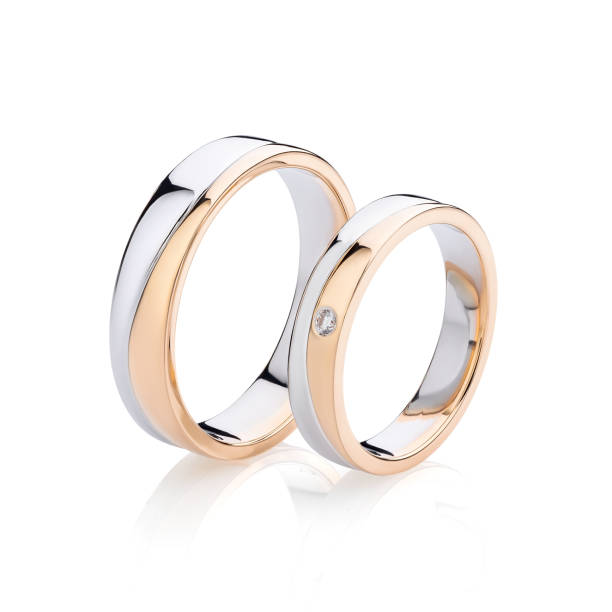The Systems for Color Grading Different Diamonds All Entries

The most valuable diamonds are colorless, but color still matters to many enthusiasts. Some people choose "fancy-color" diamonds that shine with pink or blue tints. Learning the difference between white diamonds and fancy-color diamonds is crucial if you are a collector or investor. These separate categories of diamonds use different color grading systems to determine value.
GIA vs AGS Color Grading
Most international diamond traders rely on the D-Z color grading system established by the Gemological Institute of America (GIA). Another industry grading system comes from the American Gem Society (AGS), which uses a 0-10 scale. These two scales arrive at similar values for colorless vs. light yellow stones.
Taking your diamond to a GIA certified specialist is the best way to gauge the gem's value, but you may want to compare it with the AGS scale for confirmation. Essentially, the most valuable, pure and colorless diamonds get a D grade on the GIA scale, which equates to a zero on the AGS scale. By contrast, the least valuable white diamonds get a Z grade on the GIA scale and a 10 rating on the AGS scale.
If you're just going by appearance, light yellow or brown ranges from S to Z by GIA and 7.5 to 10 on AGS. As for the more valuable side of the spectrum, colorless diamonds are rated D, E and F by GIA and 0-1 by AGS. In between these extremes are "near colorless," "faint yellow" and "very light yellow."
How Fancy-Colors Are Graded
Even though yellow and brown are on the cheaper side of diamond value, many people are still attracted to these colors. There's also a demand for fancy-colors beyond the range of white diamonds. Deep brown, orange, and green are some of the colors that fall under the umbrella of fancy-colors.
When it comes to fancy-colors, it's best to stick with the GIA color grading scale, since it's the most objective and detailed system. This scale, which is different from GIA's D-Z scale for white diamonds, uses terms that describe the effects of hue, tone, and saturation. "Faint" describes the lightest colors, while the darkest colors are called "fancy dark," "fancy deep," and "fancy vivid."
Some fancy-color diamonds have multiple colors. In such cases, the dominant color is mentioned last. "Greenish yellow," for example, means the stone is more yellow than green. The GIA recognizes 27 different hues, which are general colors. Each hue is then further divided into a range of colors, which are identified by tone (dark or light) and saturation (color intensity).
One of the things that makes this color grading system unique is that every minor detail can impact the price. Another difference, is that with D-Z diamonds, the stones are analyzed facing up, whereas fancy diamonds are graded facing down by the GIA. Color determination is based on a comparison with predefined reference diamonds.
Conclusion
While there are different ways to determine diamond color, most jewelry professionals use GIA's color grading system for either white or fancy-color diamonds. Contact Ralph Mueller & Associates to learn more about how color grading relates to diamond value.